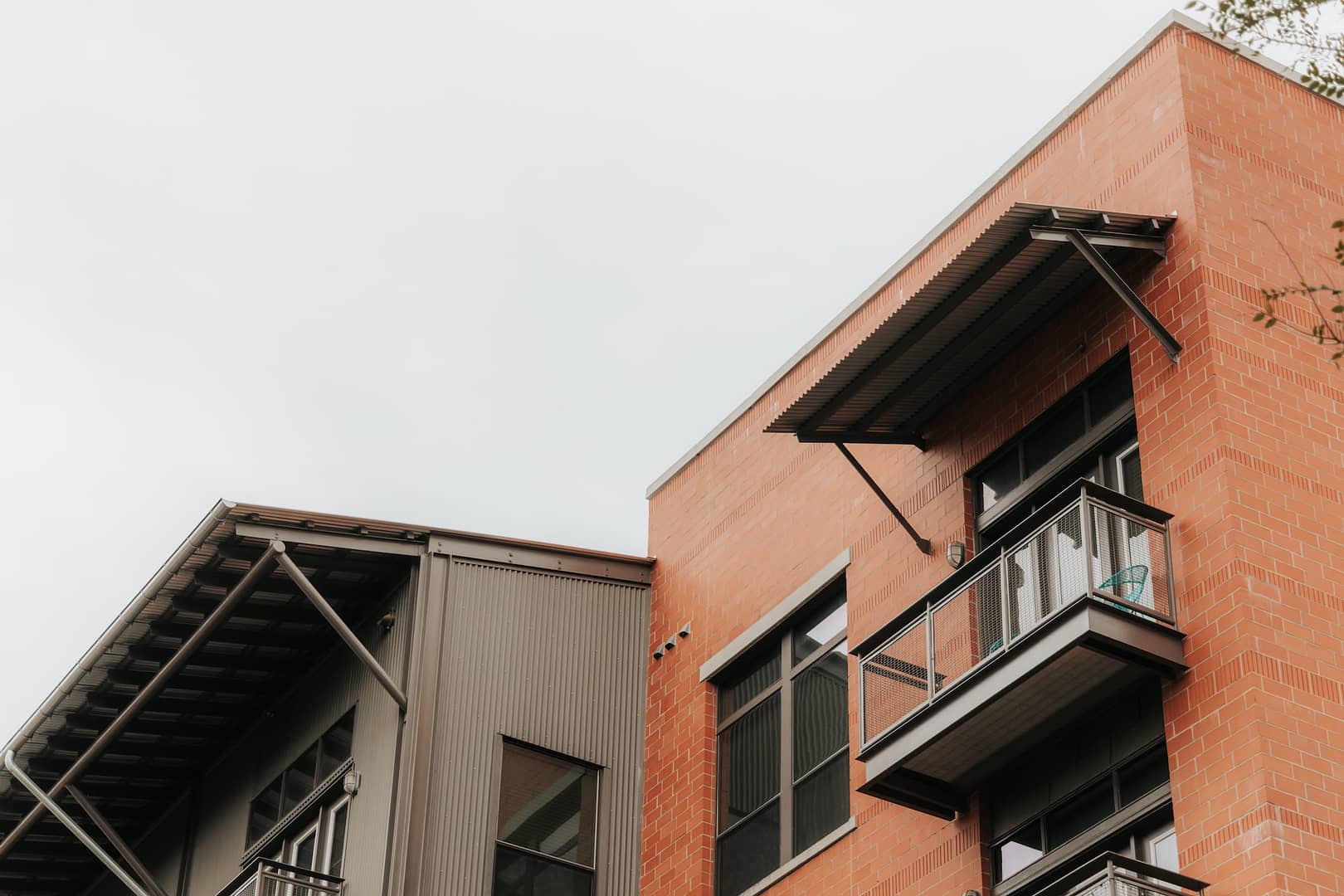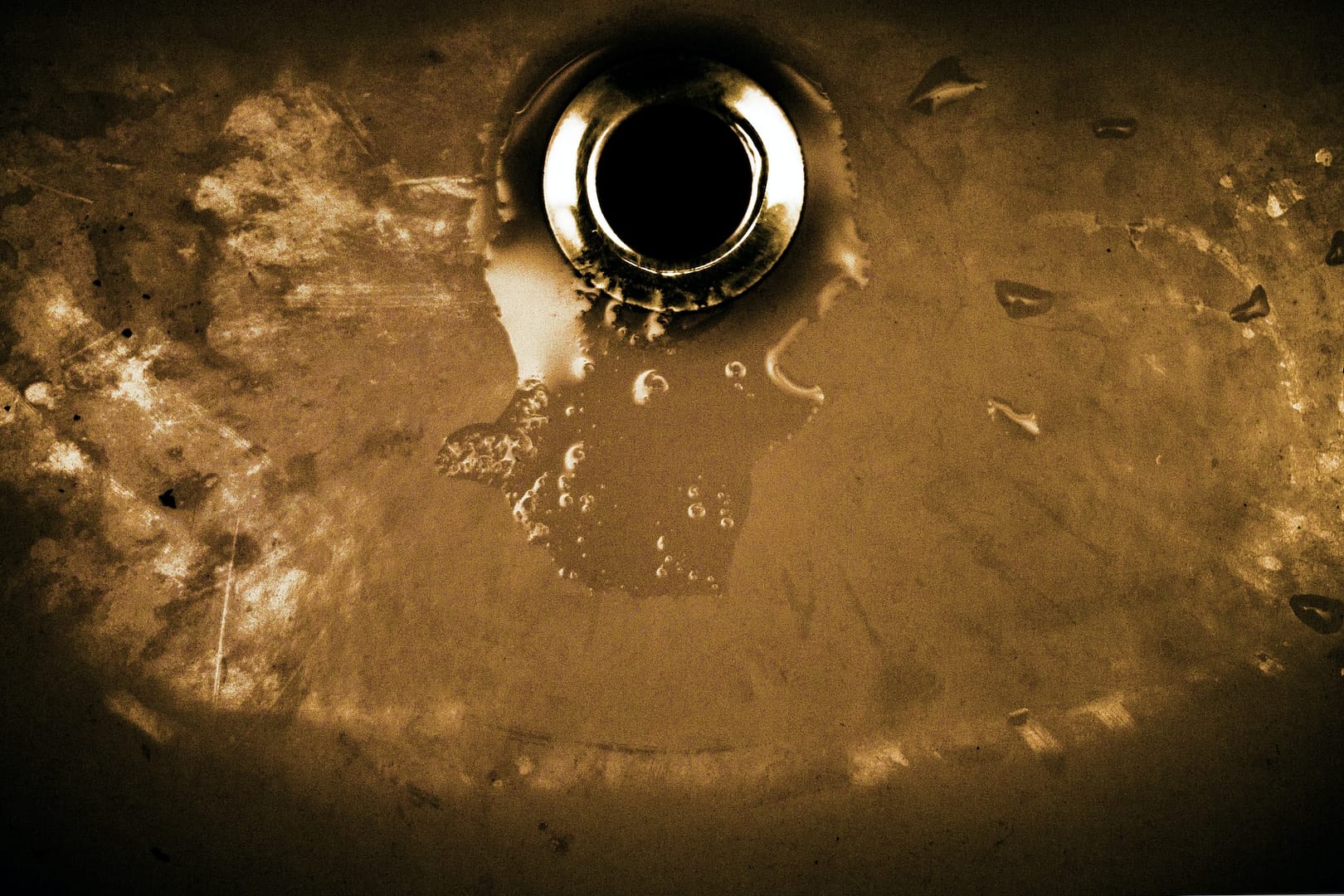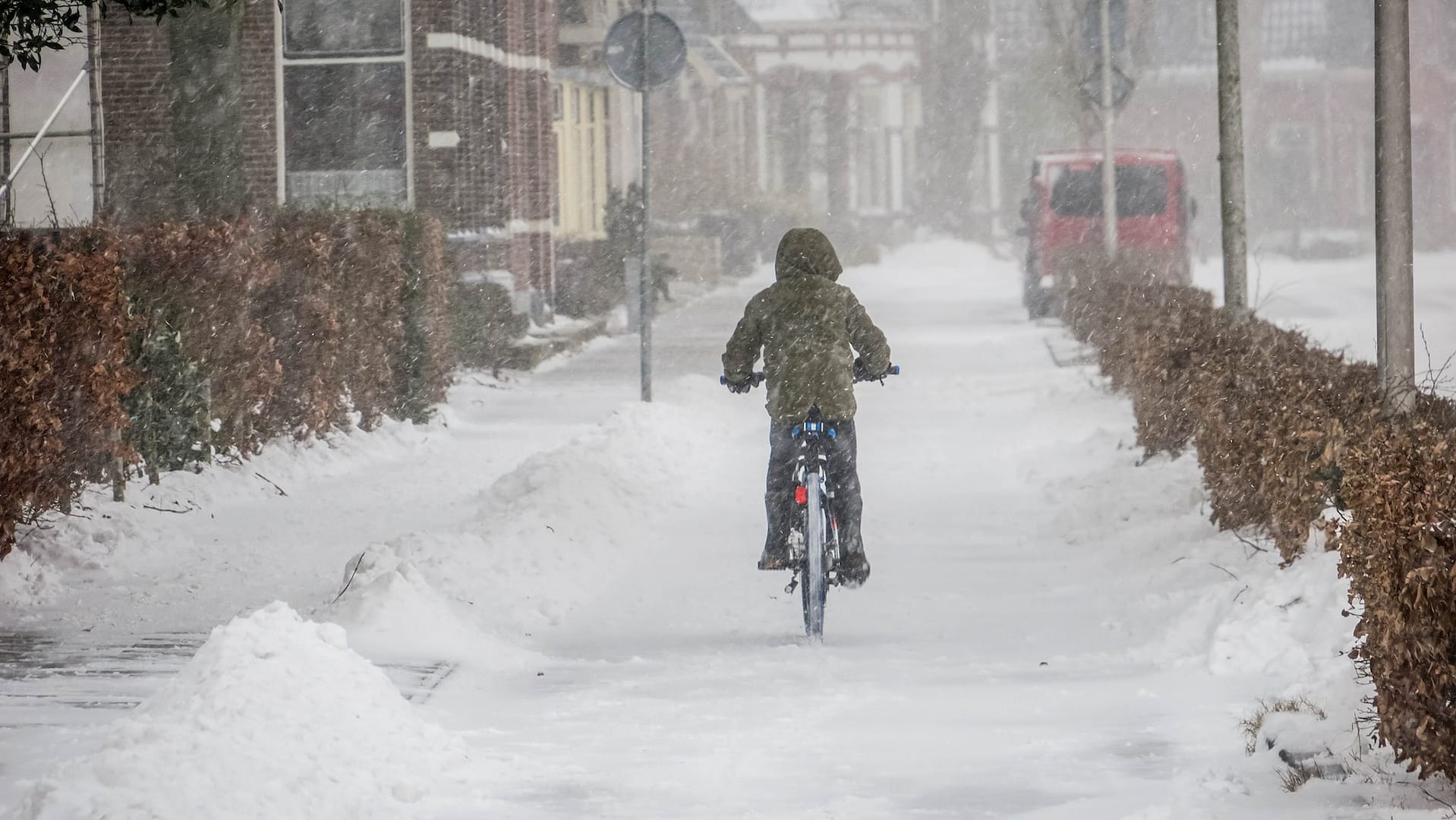In the quaint towns and bustling cities across the United Kingdom, a silent culprit often lurks beneath the surface, causing issues that can significantly affect the comfort and well-being of residents. The keyword we’ll delve into today is “The Impact of Poor Drainage on Dampness in UK Homes.” Picture this: a scenario where the lack of proper drainage plays a pivotal role in creating an unwelcome atmosphere within the very walls meant to shelter and protect.
A Soaked Prelude
Imagine arriving home after a long day of battling the elements. The rain, a familiar companion in the UK, has decided to make its presence felt in more ways than one. You step inside, hoping to escape the chill, only to be greeted by a dampness that clings to the air like a persistent fog. This is a scenario all too familiar for many residents, and it begs the question: Can bad drainage cause damp?
The answer is a resounding yes. Poor drainage sets the stage for a host of problems that can turn a cosy home into a breeding ground for dampness. It’s not just about the inconvenience of wet socks; it’s about the potential health hazards and structural issues that may arise.
Unravelling the Mystery: Three Common Causes of Persistent Damp
Now, let’s peel back the layers and uncover the three most common causes of persistent dampness in social housing across the UK.
Clogged Drains and Gutters: The Silent Saboteurs
Consider the gutters and drains as the unsung heroes of home protection. When they’re functioning seamlessly, rainwater is directed away from the house, keeping the foundation dry. However, neglecting their maintenance can turn them into silent saboteurs. Clogged drains and gutters prevent the smooth flow of water, causing it to accumulate around the foundation and walls. Over time, this accumulated water seeps into the structure, paving the way for dampness to set in.
Poorly Designed Landscaping: The Backyard Betrayal
Your backyard may seem like a serene retreat, but if not designed with drainage in mind, it can quickly become a source of trouble. Improperly graded landscapes, where the ground slopes toward the house rather than away from it, can lead to water pooling around the foundation. This pooling, if not addressed, becomes a persistent headache, contributing to dampness that can infiltrate walls and crawlspaces.
Inadequate Ventilation: The Stagnant Air Menace
Ventilation is the unsung hero in the battle against dampness. When a home lacks adequate ventilation, the air becomes stagnant, creating an environment where moisture can thrive. This is particularly true in spaces like bathrooms and kitchens, where activities like cooking and bathing release significant amounts of moisture into the air. Without proper ventilation systems, this excess moisture settles on surfaces, providing an ideal breeding ground for dampness.
The Ripple Effect: Beyond Wet Walls
Now that we’ve identified the primary causes, it’s crucial to understand that the impact of poor drainage extends beyond mere damp walls. It can infiltrate the very fabric of a home, affecting both its inhabitants and the structural integrity.
Imagine living in a space where the air is consistently damp—a perfect breeding ground for mould and mildew. These unwelcome guests not only contribute to respiratory issues but also compromise the aesthetics of your home. Peeling paint, discoloured walls, and that distinct musty smell become unwelcome companions.
Moreover, dampness poses a threat to the structural integrity of a home. Moisture that seeps into walls can lead to rot, compromising the strength of the building materials. This not only jeopardises the safety of the occupants but also translates into hefty repair bills.
A Call to Action: Mitigating the Impact
The good news is that addressing the impact of poor drainage on dampness is not an insurmountable task. It begins with a proactive approach to maintenance and a keen eye for potential issues. Here are some practical steps homeowners and social housing providers can take:
Regular Maintenance Checks
Schedule regular checks of drains and gutters, especially before the rainy season. Removing debris and ensuring a clear pathway for water can go a long way in preventing dampness.
Strategic Landscaping
When planning landscaping, consider the slope of the land. Ensure that the ground slopes away from the house to encourage water to flow away from the foundation.
Invest in Ventilation Systems
Install and maintain effective ventilation systems, particularly in areas prone to moisture, such as kitchens and bathrooms. This helps to keep the air circulating, preventing the accumulation of dampness.

Making a Housing Disrepair Claim with National Claims
Now, imagine you find yourself in a situation where poor drainage has led to persistent dampness in your home. The walls seem to be closing in, and the issue demands urgent attention. This is where National Claims steps in, offering a solution to the problem at hand. Our dedicated team understands the nuances of housing disrepair and is committed to assisting you in making a claim that ensures your rights are protected. We navigate the complexities of the claims process, allowing you to focus on reclaiming the comfort and safety of your home.
Conclusion
In the grand narrative of homeownership, the impact of poor drainage on dampness is a subplot that often goes unnoticed until it becomes a significant issue. By understanding the causes and taking proactive measures, we can ensure that our homes remain dry havens, shielding us from the perils of persistent dampness. So, the next time the rain knocks on your door, let it be a mere visitor rather than an unwelcome resident.
Remember, a home free from the clutches of dampness is a home that not only stands strong against the elements but also provides a haven of comfort and well-being for its residents. With National Claims by your side, the journey to a dry and secure home becomes a collaborative effort, ensuring that you can weather any storm that comes your way.
Get started on your claim today and speak to one of our claims specialists by contacting us.
Click below to see why we are one of the most trusted claims management companies in the UK.

We’re proud of our excellent customer reviews
We thrive on delivering exceptional service and ensuring our clients’ satisfaction. Don’t just take our word for it. Check out some of our independent reviews to see what our clients have to say.
Excellent

This firm is excellent, they sorted out my car pay out and injury claim very fast, they always communicate with you all the time.

My accident case was dealt with confidence and with great result of the outcome, especially James kept me informed all the time.

I was very impressed at the way my inquiry was treated. I was listened to attentively and everything I needed to know was explained to me.






